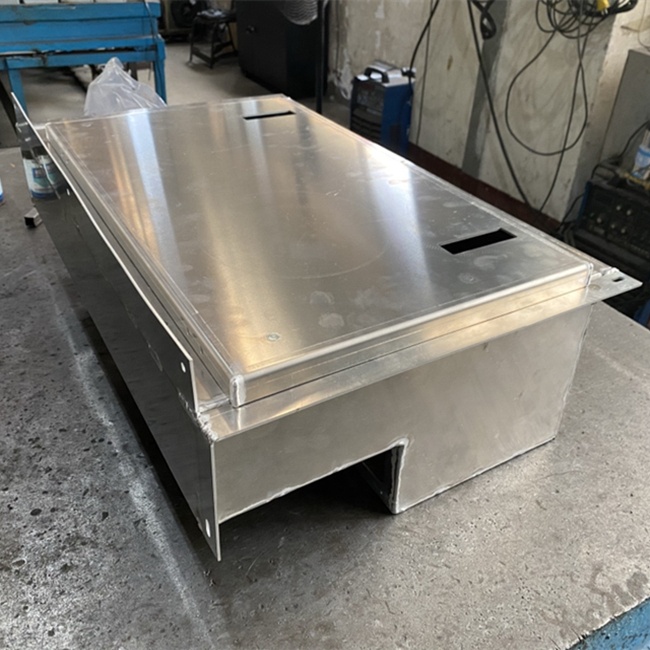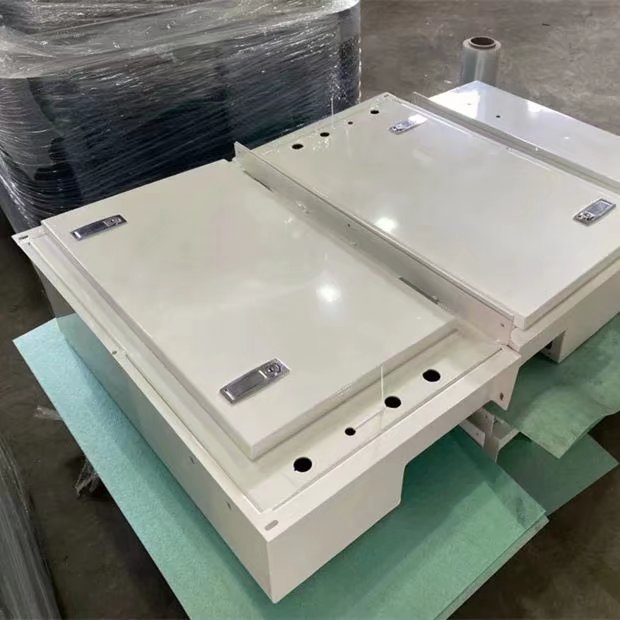Welding is a fabrication process that joins materials, typically metals or thermoplastics, by melting and fusing them. Common techniques include arc welding (SMAW, TIG, MIG), resistance welding, and laser welding.
Welded parts are critical in industries like automotive, aerospace, construction, and manufacturing, ensuring structural integrity and durability.
The process requires precision to avoid defects (e.g., cracks, porosity) and often involves post-weld treatments (e.g., grinding, heat treatment).
Quality control via inspections (X-ray, ultrasonic) ensures safety and compliance with standards. Welding enables the creation of complex, high-strength components, making it indispensable in modern engineering




